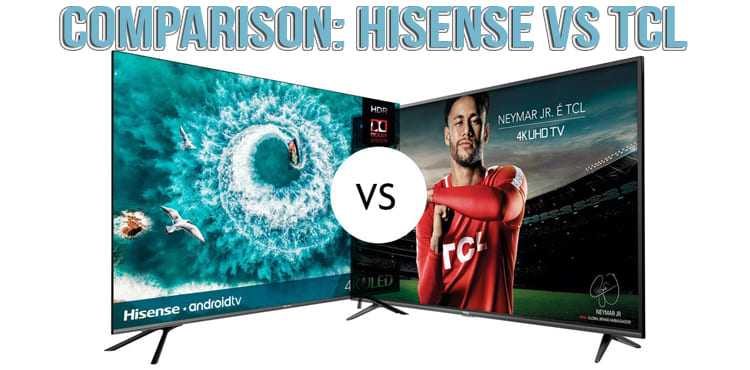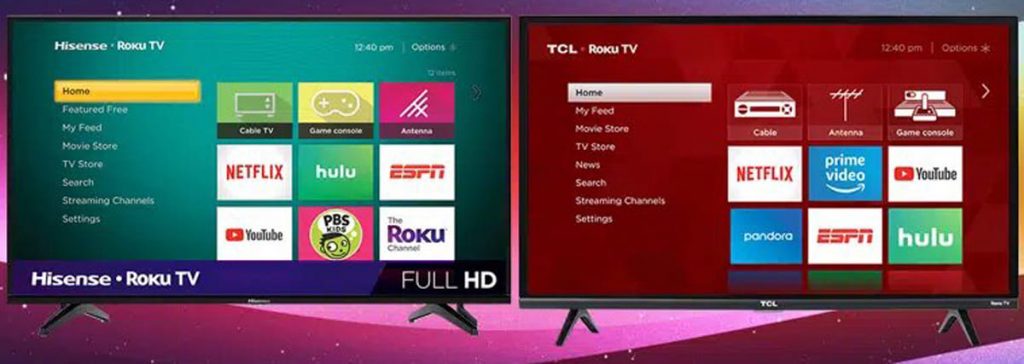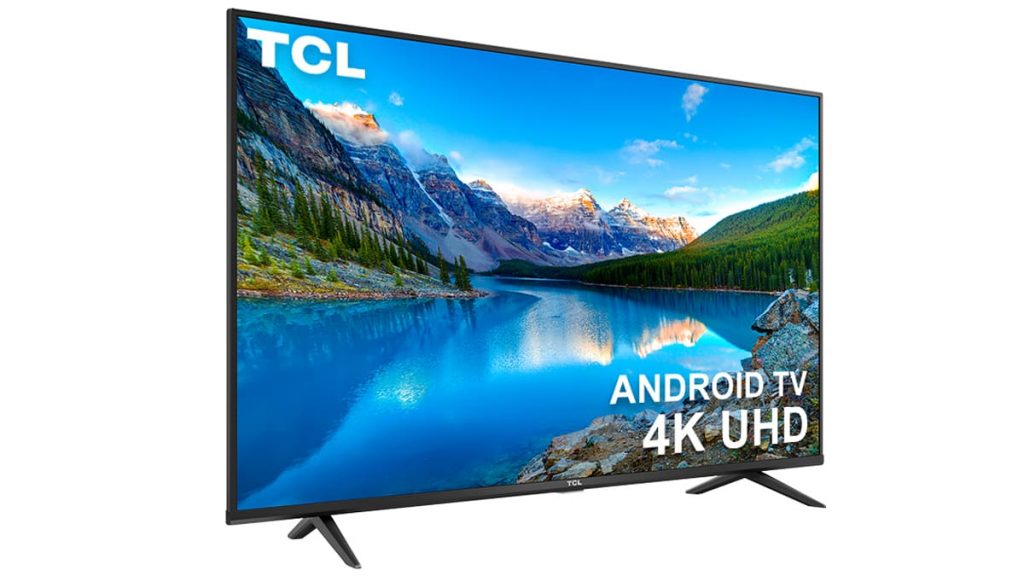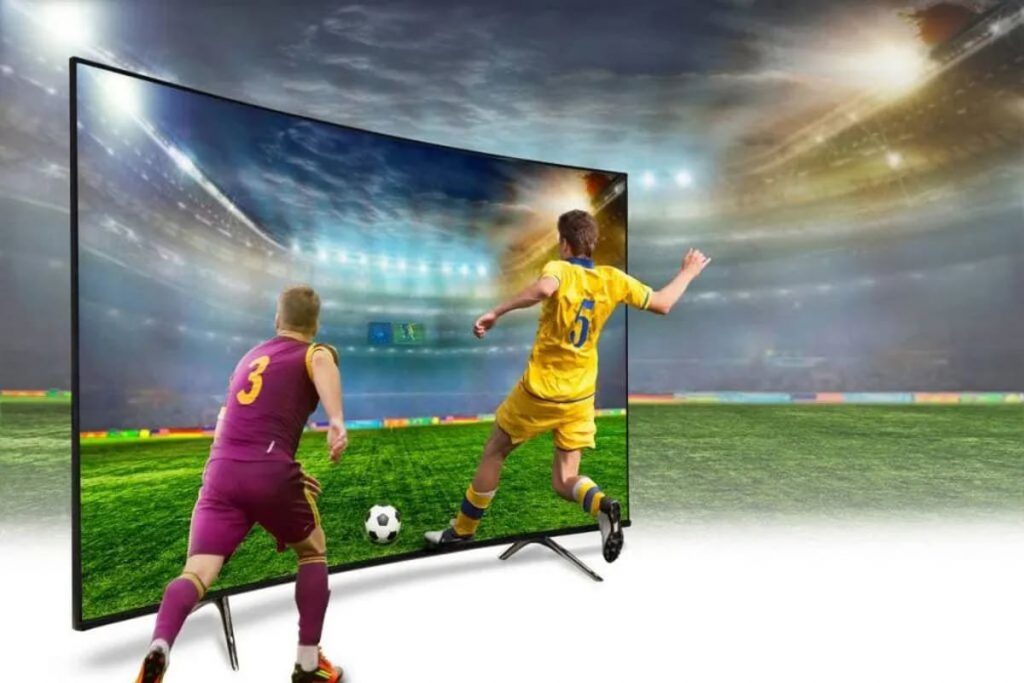Many people when buying a new TV tend to choose well-known brands, which include LG or Samsung. But this type of equipment can be quite expensive and out of reach for some families because of the high price.
Other brands, such as TCL and Hisense, provide consumers with much more economical home appliances. Such companies are focused on the middle market of technology and electronics.
TCL or Hisense
When choosing between Hisense or TCL, the second is considered a priority. Her TVs have:
- fast response time;
- high contrast;
- excellent color accuracy;
- efficient motion processing, etc.
In addition, its equipment is somewhat cheaper. For streaming, its scheme uses the Roku app, which most users find more convenient than Android TV.
When comparing Hisense appliances with TCL, if the dimensions, release date, cost or panel type match, the second option has the best color reproduction. But the first one is equipped with the missing OLED equipment.
Both companies have a wide range of models to suit every budget. When a customer is looking for an affordable 4K TV, they usually end up with one of their products.
Equipment selection
The companies in question have not only a wide range of entry-level household appliances, but also a range of high-end appliances.
Hisense is launching a 75-inch ULED 8K model that can compete with many LG and Samsung products. Its advantage is its lower cost. TCL is also introducing a similar mini 8K QLED TV.
Most of the devices of the two companies are intended for the middle market. Comparing the two is difficult as both offer a wide range of home appliances with a wide range of sizes and features.
The situation is further complicated by the fact that firms receive panels from common suppliers. In some cases, the only noticeable difference between their products is only the operating system.
OS
Hisense
The new Hisense models use Google’s Android TV or VIDAA OS, which have a number of unique features.
The first option includes the Google Play store, which can be used to download a large number of applications. Such software is generally the same as what is produced for Android phones. The only difference between them is that it is adapted for smart TVs.
The TV variant has a built-in Chromecast feature that allows you to stream media files to the receiving device from any Android device. It also has a voice assistant and is the first to download new streaming apps from the Google Play store.
TCL
TCL’s technology is based on Roku TV, but some TVs are also capable of interacting with Google TV.
The operating system in this case is released specifically for streaming. The software is directly linked to the corresponding application library, which includes:
- Amazon Prime.
- Apple TV.
- Hulu.
- Netflix, etc.
Some apps aren’t currently available on Roku, so Android TV is the winner.
The operating system for broadcasting multimedia uses Miracast designs, which are slightly different from Chromecast. The important thing is that they are also built into Windows, so through the local network it is possible to display the PC screen on a television set with a similar OS.
Many home appliance reviewers agree that the Roku user interface is more user-friendly and much more responsive than Android TV.
Using a streaming flash drive
The operating system is important, but not decisive. When it comes to purchasing TCL or Hisense devices, you should not be limited to such questions.
There is a Chromecast on the market with Google TV for TCL technology or Roku Streaming Stick for Hisense.
Some will want to choose Fire TV Google TV and Roku. It is also suggested to use Firestick. It is possible to use several streaming sticks on one TV, which makes it easy to switch between platforms.
Types of panels and devices
Now Hisense produces household appliances using a wide variety of technologies:
- laser TVs;
- Mini-LED;
- OLED;
- ULED etc.
But most of the Hisense televisions are equipped with conventional LED liquid crystal displays. TCL offers many of the same home appliances at affordable prices.
This company also produces OLED devices, but it produces Mini-LED and QLED models. It is expected that at the end of this year it will launch a more modern OLED line.
Image quality level
Most of these differences are not too noticeable to the inexperienced consumer. Most buyers will be satisfied with the equipment of both companies.
If someone decides to upgrade from a 1080P TV to a 4K TV, they will be pleasantly surprised, no matter which brand they prefer. But one firm, nevertheless, has a certain advantage.
Ultimate brightness
In terms of peak brightness, Hisense equipment surpasses TCL. Most of her products show a brighter picture. But such a thing does not become a decisive criterion if you watch programs in the evening hours.
The image intensity of the Hisense technique seems somewhat oversaturated. Therefore, its TVs are good for daytime viewing in well-lit rooms.
Contrast
In general, many users have a feeling that the color reproduction of TCL equipment is more accurate than that of Hisense.
If you want the device to display more natural colors, you need to learn the ability of professional display color calibration. The reason for the favorable reproduction of shades is the brightness of HDR TCL. Therefore, TCL wins in this case as well.
Motion processing
Compared to both companies, TCL offers superior motion processing features with lower latency. It releases FreeSync, G-Sync, and VRR (Variable Refresh Rate), which is especially appealing to video game enthusiasts.
And not even all Hisense TVs are equipped with G-Sync.
Update frequency
Both companies are constantly releasing new versions for their hardware. Their latest lines support 120Hz at 4K resolution.
Response period
This is the time it takes for the display to change color, usually from white to black. If a television set needs a large segment, then its owner will often encounter annoying halos.
In most cases, TCL home appliances have a shorter response time than Hisense devices. The difference most often comes down to a few milliseconds, but on the devices of the first company, users are less likely to notice blur, glow, and other shortcomings.
The response time also varies from model to model, and some Hisense products are even faster than TCL.
For example, the response time of most of its equipment is 6.5 ms, while its competitor predominantly uses up to 10 ms.
Other differences
Built-in speaker quality
The vast majority of TVs are not equipped with high-quality speakers. But TCL’s hardware is more powerful than Hisense’s home appliances.
Therefore, for a special movie experience, it is better to purchase a soundbar, as it always provides a higher quality than the built-in speakers.
Remote control
The Hisense remote usually comes with a dedicated button for the Google Assistant to make voice activation easier. It also comes with several buttons for popular streaming apps and a number pad.
TCL devices are made in the minimalist style of Roku and do not have a numeric keypad. Usually they have only four dedicated keys.
Therefore, only the buyer himself is able to decide which remote control he should choose. Hisense provides more options, but a similar one from TCL is easier to use.
If a person often watches cable TV, then Hisense will suit him better to search for channels with certain numbers.






